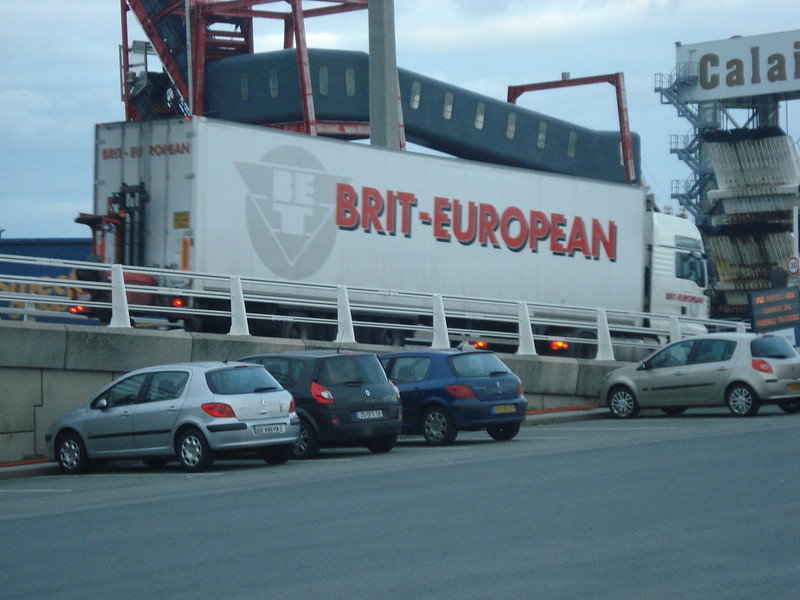
If you have spent any time on the motorways or even the regular city roads, you will no doubt have come in close contact with a HGV. These will often carry brightly printed logos and carry well-known brands. This might give you an idea as to what mysterious contents are being transported therein. Other times, there will be nothing on the side to provide any clues to the mystery cargo. Is it top-quality furniture, weapons-grade plutonium, nappies or possibly an important shipment of Christmas turkeys for the holidays? As a matter of fact, there are so many HGVs moving across the UK that many people hardly notice them or take them for granted, not fully appreciating how much our lives and national economy depend on their reliable service.
So, to provide some insight on the issues, here are a few of the most important facts on the HGV industry that may shed some new light on the valuable service they provide.
Nearly All UK Goods Are Moved by Road
The first and most important point affects everyone. It may surprise you to know that 98% of all the goods moving about the country are being transported in an HGV. Everything from furniture and domestic supplies to food and clothing must be moved on the roads and if anything were to interrupt this important industry everyone would be affected.
Hundreds of Thousands of Jobs
Over 600,000 residents have found gainful employment transporting goods and services in the HGV industry. This means that 600,000 drivers earn their living behind the wheel in the HGV industry. Interestingly enough, only a minor portion of the total driver population is female (1.2%). This means that there is definitely some progress to be made in terms of equality. And there is room for many more new drivers. Logistics industries have reported a shortage of qualified drivers and expect 36% of their vacant positions to remain vacant for a while. Furthermore, as many as 15% of all vacancies won’t be filled at all.
Huge Haulage
Because so much of the economy rests on the rolling wheels of the HGV industry, it is not surprising to see that this industry is one of the biggest employers in the country as well. There are not just drivers that work to transport goods and services. There are also those people working to load and unload pallets and cargo at warehouses. Then there are the transport planners, warehouse managers and many more. In total, over 2.5 million people are employed in the haulage industry.
Haulage Is a Lucrative Endeavour
In addition to being one of the largest employers in the company, the UK haulage industry is also one of the most valuable. The most recent estimates suggest that the UK Haulage industry is worth a staggering £124 billion to the UK economy. To say that the UK economy rolls on the HGV industry is no exaggeration. Not only does haulage bring a considerable amount of money to the country, but these figures continue to rise. Still, there is growing concern for what the Brexit outcome holds for the UK haulage industry.
Age Ain’t Nothin’ but a Number
There are all types of people from all walks of life who are attracted to the haulage industry. There are tall drivers, short drivers, male drivers, female drivers and even drivers who used to be desk-bound accountants. Then there are also those drivers who have done nothing but drive since they finished school. The average age for an HGV driver is 48 years. Then there are 13%, of drivers that are here as EU nationals. What may happen to their residency status after Brexit is anyone’s guess.
Heavy Goods Ahead
We know that there must be something heavy in a Heavy Goods Vehicle, but not everyone knows how heavy things can get. For example, there are over half a million HGV commercial vehicles weighing in at over 3.5 tonnes, the weight of an adolescent Elephant. Over half of these vehicles are driven by a member of the RHA, or the Road haulage Association, which vouches for their excellent performance as drivers and the training they undergo to obtain their C+E licence and other certificiation.